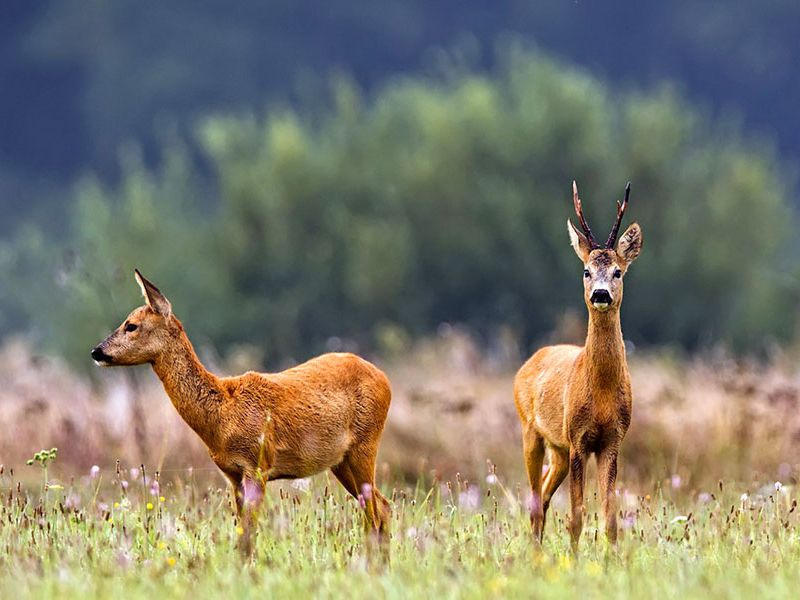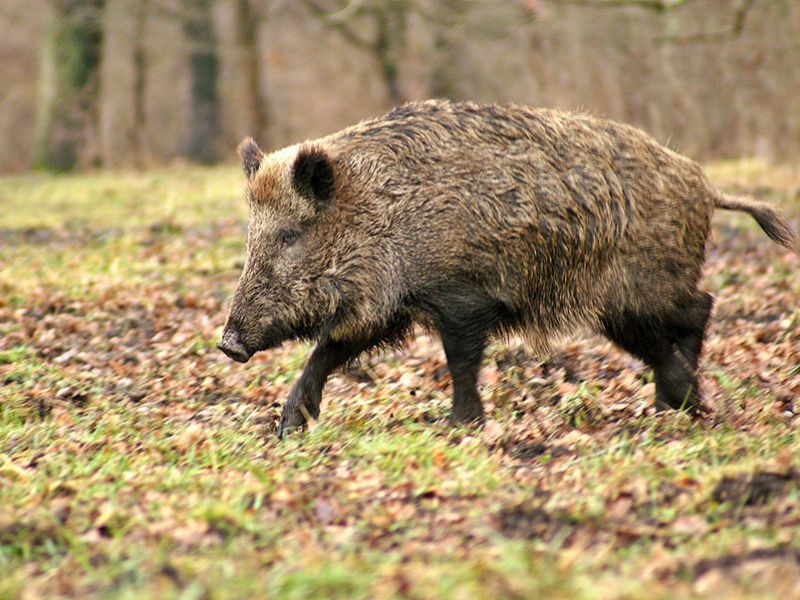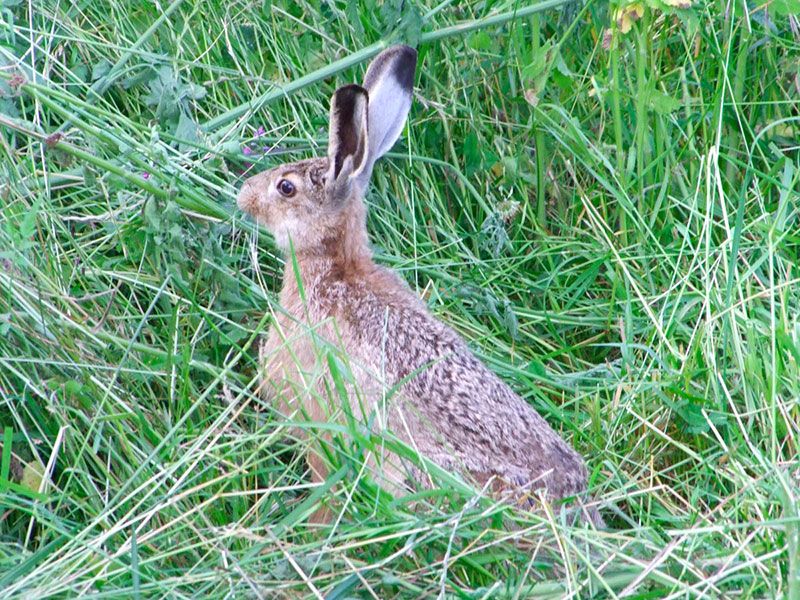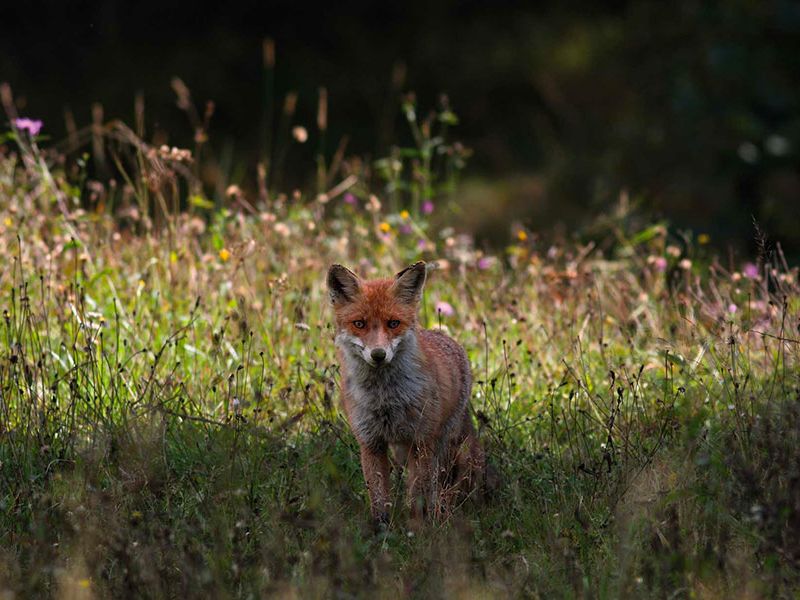Fauna
Berici Hills wildlife is nowadays what wildlife can be found in an agricultural and tame forest environment. As far as recent environmental changes are concerned, man has been a determinant factor, as often as he has destroyed forests, bred new species, reclaimed swamps, cultivated valleys and plateaux and all available soil.
This heavy exploitation of natural resources matched with hunting activities has caused the extinction of large predators like wolves (canis lupus), brown bears (ursus arctos), lynxes and wildcats (felis silvestris), as well as otters (lutra lutra), deers (cervus elaphus) and boars (sus scrofa).
The only medium-size predators still living in Berici Hills are foxes (vulpes vulpes), as well as mustelides like badgers, martens and weasels. Roedeers (capreolus capreolus) have lately arrived from near Lessini Hills, while hares (lepus europaeus) have been reintroduced as hunting sports. Rodents abound in Berici Hills: dormouses (glis glis), urchins (erinaceus europaeus), moles (talpa europaea), shrews (sorex araneus), voles (microtus arvalis) and wood mouses (apodemus sylvaticus).
Near slow waterstreams you can find rats (rattus rattus) and brown rats (rattus norvegicus), while country houses give often hospitality to house mouses (mus domesticus). In recent times, southamerican coypus (myocastor coypus) have thoughtlessly been released into Berici watercourses. Some caves, most famously the Cava della Guerra in Lumignano, house large schools of bats, like hoerseshoe bats (rhinolophus ferrumequinum), pipistrelles (pipistrellus pipistrellus) and serotine bats (aptesicus serotinus).
Avifauna is rich and differentiated, with many in-living and temporary-present species. Fimon Lake houses many water species, like great crested grebes (podiceps cristatus), cormorants (phalacrocorax carbo), little bitterns (ixobrychus minutus), squacco herons (ardeola ralloides), purple herons (ardea purpurea). Grey herons (ardea cinerea) and egrets (egretta garzetta) are very common also near Val Liona watercourses, along with moorhens (gallinula chlorophus) and coots (fulica atra).
In Fimon Lake mallards are also common, while other kinds of ducks are rare to see. Honey buzzards (pernis apivorus) do usually nest in Berici Hills, and between March and October sparrowhawks (accipiter nisus) ,peregrin falcons (falco peregrinus) and montagu's harriers ( buteo buteo) can easily be spotted. On steep rocky sides of the hills the kestrel (falco tinnunculus) has its usual abode, and in late spring or late summer migrating hobbies (falco subbuteo) can be seen.
The most common night predators are forest dwellers tawny owls (strix aluco), while barn owls (tyto alba), little owls (athene noctua) and scops owls (otus scops) prefer to live near peopled areas. The reptaile family is represented by snakes such as vipers (vipera aspis) and biaccos (coluber viridisflavus carbonarius) that haunt sunny rocky spots, while deep in the forests there live the aesulapian snake (elaphe longissima) and near Fimon Lake and other pools you can spot grass snakes (natrix natrix) or dice snakes (natrix tessellata), harmless water snakes.
Amongst the most common squamata reptiles there are green lizards (lacerta bilineata), wall lizards (podarcis muralis), Italian lizards (podarcis sicula) and slowworms (anguis fragilis). Turtles (emys orbicularis) live in ditches and pools in the plain between Brendola and Meledo, in southern Val Liona, and abound in Albettone territory.
Common amphibians are fire salamanders (salamandra salamandra) and Italian newts (triturus carnifex), and large is the population of toads (bufo bufo) and tree frogs (hyla intermedia). In out-of-the-way basins you can spot the rare yellow-bellied toad (bombina variegata), an endangered species.
Too numerous are the fishes and invertebrated species to be listed, suffice it to mantion a few rarities like the curculio vicetinus and the austropotamibius pallipes, small invertebrates that live deep in Berici Hills caves only.





